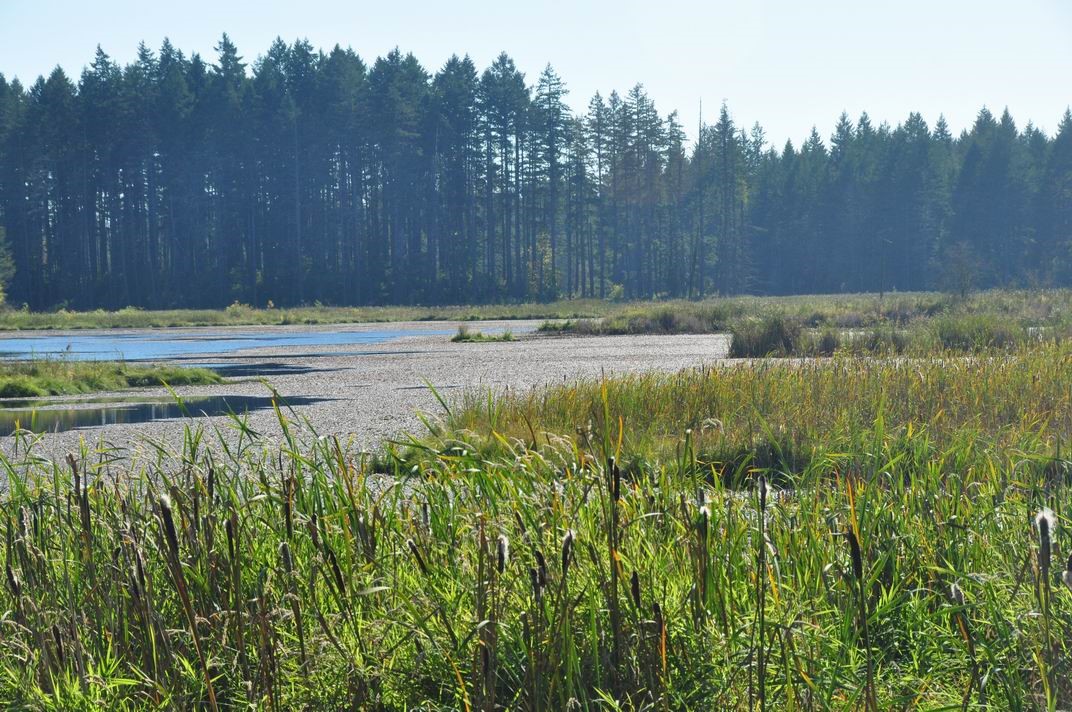Spanaway Marsh is on border between Fort Lewis and proposed housing for 285 people. This area is headwaters for Spanaway Lake. Local rural zoning does not allow high-density housing. Tiny homes have been proposed for a Rural Reserve zone intended for wildlife conservation.
On May 6, 2024 the city of Lakewood approved a $1 million allocation to the Tacoma Rescue Mission in support of a planned 285-unit micro-home village for people experiencing chronic homelessness. The Lakewood City Council passed a motion to use $1 million of federal American Rescue Plan Act funding for the construction of the first 50 units in the first phase of the Pierce County Village project. This is a significant contribution to the $62 million project planned near Spanaway Lake. However, the project faces a challenge to the conditional-use permit by neighbors and Spanaway Concerned Citizens. The challenge will be heard before the Pierce County Hearing Examiner in April.
Previously, Futurewise and Spanaway Concerned Citizens challenged the spot zoning of the Tiny Village project that allowed for the permitting of the project. Their complaint to the Growth Management Hearings Board (GMHB) alleged Pierce County’s shared–housing village ordinance violated state rules on planning and growth.
On October 18the, The GMHB dismissed the challenge after the Pierce County Council repealed the zoning ordinance in question which allowed more dense housing in the rural designation.
While the case did not directly take on the planned 285-unit Pierce County Village, it targeted the underpinning zoning regulation that allowed so many units in 80 acres in the designated rural zone which is supposed to allow for only 2 homes per acre.
With the matter now settled before the Growth Management Hearing Board, opponents of the Tiny Village will turn their attention the public hearings.
In April, the Pierce County Hearing Examiner will decide if the county must complete an Environmental Impact Statement (EIS) before he approves the Conditional Use Permit for the project. County planners used a checklist to evaluate the impacts but only completed a of traffic study. In making a Determination of Nonsignificance (DNS), the staff neglected extensive review of impacts on loss of endangered species of trees and wildlife that are found on the 80-acre property.
There are only about 28 acres of dry ground on the west side of the property where 280 homes can be located. Two large wetlands must be bridged and compromised by installing a connecting road to Spanaway Loop Road.
Spanaway Concerned Citizens will also advocate for the original rural zoning that should not allow a shared-housing village to go inside a low-density residential zone. In addition, they will challenge the commercial buildings added to the east side of the property, which is also designated as a rural housing zone.
Nearby Spanaway Lake residents are concerned about the effects of litter and pollution from the Tiny Village. Wildlife researchers determined that the Western Grey Squirrel and the Oregon Spotted Frog, which are both state-listed endangered species, could be affected by living in such close proximity to the new development.

The Western Gray Squirrel played a key role in preventing the construction of the Cross-Base Highway through the Spanaway Marsh area several years ago. The state listing of the squirrel protects both the squirrels and their habitat. Garry Oaks provide the habitat and food source; the oaks are also a protected species.
The Tacoma Rescue Mission, which will own and operate the 285-unit village, applied to begin development in May 2023. The village would house long-term homeless people who would participate in a drug and alcohol program on site. The proposal also calls for an agriculture project and retail sale of food on an area zoned for rural housing. The retail area and the agriculture structures are not allowed in the rural zone.


